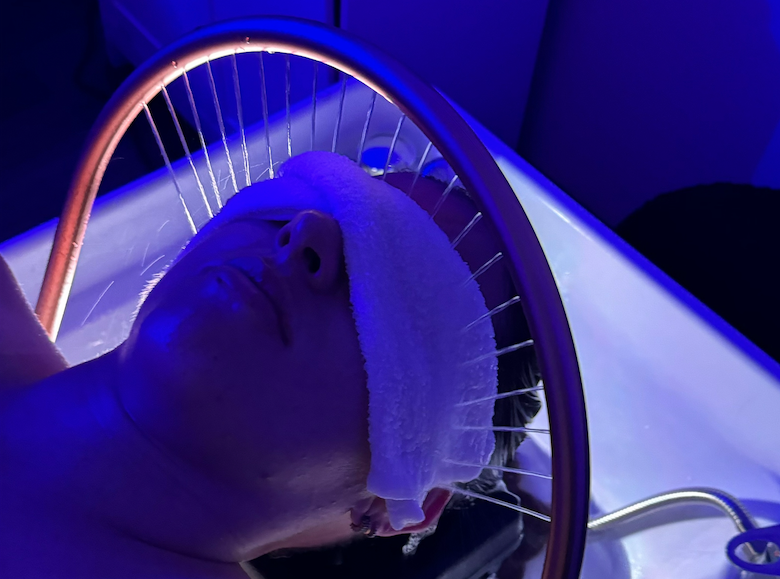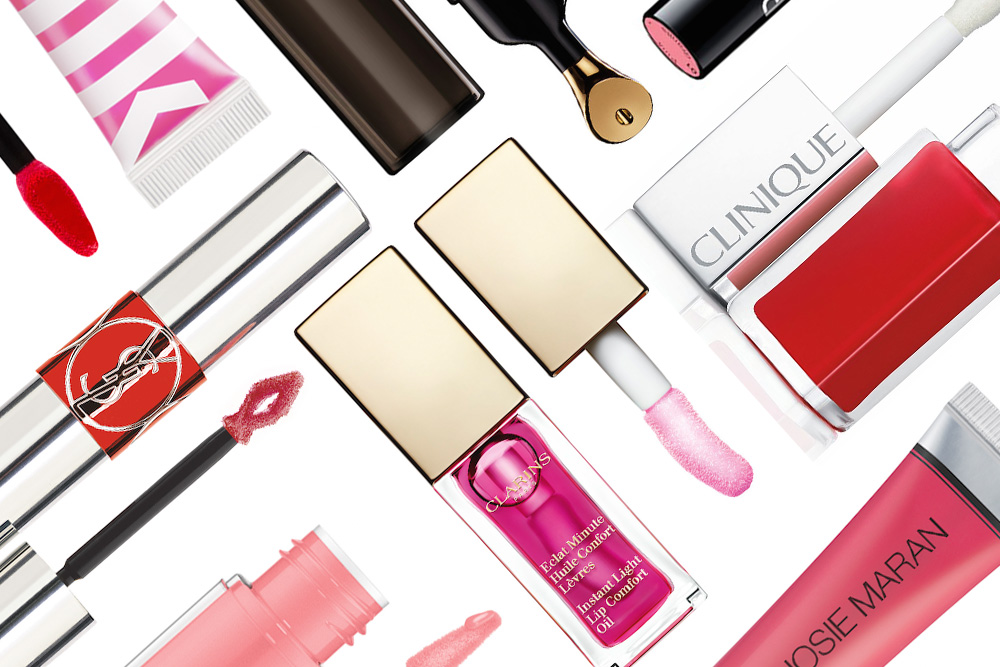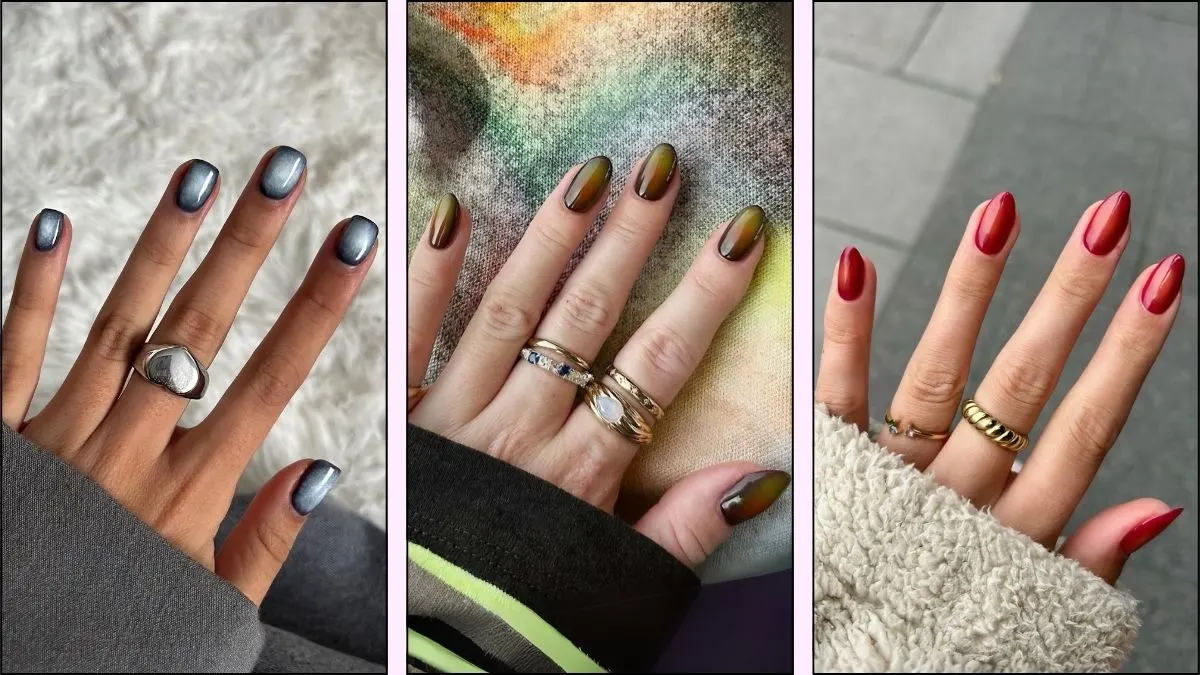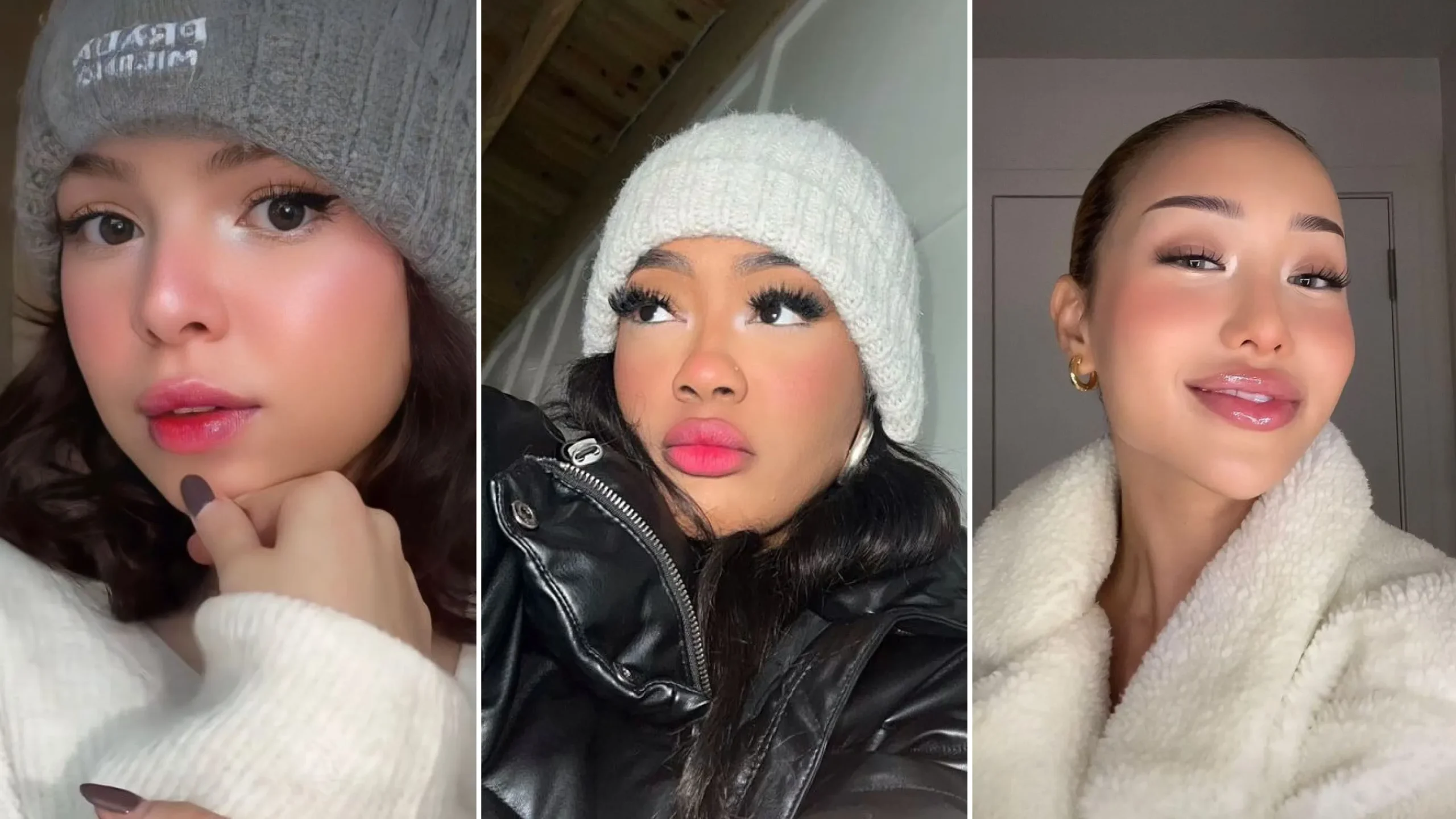The makeup industry is constantly growing especially in film/tv, theater and photography. There is more demand than ever as more and more productions are made.
Most of us have seen an incredible example of an actor getting transformed into an amazing character or creature. You have probably wondered how the professionals in the industry make actors unrecognizable. Let’s dive in and get a glimpse of exactly what Prosthetics and Special FX Makeup is and the skills it requires.
What is Prosthetic Makeup?
Prosthetic makeup is a process that may seem complex but can be taught to just about anyone. All you need is an instructor who has the experience and knowledge to share the process with you. This process includes sculpting, molding and casting techniques to generate a makeup effects masterpiece. For example let’s take the classic Nightmare on Elm Street; Freddy Krueger’s makeup was created by David B. Miller, as he was inspired by playing around with the cheese on a pepperoni pizza! Next, the oh so talented Kevin Yagher, adjusted the design for the sequels and his design is what most people picture when they think of Freddy Kruegar today!

Unrecognizable, I know!!! As you can see from the photos above, the artist is creating facial reconstructions from scratch to alter the appearance of the model or actor, such as; elf ears, exaggerated noses, chins, jaws, teeth and much more. The possibilities of prosthetics are endless.
What is Special FX Makeup?
Special effects makeup is any makeup involving cosmetics that creates a non-traditional effect, with an illusion of sorts. Its main focus: old age, creature, character, prosthetic makeup and even body art and face painting can be considered a special effect. Realism and imagination are put to the test with special effects. Making your craziest interpretations come to life. Take the show Grey’s Anatomy for example! Every time there is a patient coming in with an open head wound or has a decapitated limb, this is the artistic ability of special effects makeup.
What are the Differences Between Special FX and Prosthetic Makeups?
Although, these two schools of makeup artistry are closely linked. Comparing SFX vs prosthetic make-up has some subtle differences. Prosthetic makeup is actually a type of special effect makeup.
While SFX make-up usually focuses more on application to the actor’s skin. The prosthetic makeup school focuses more on producing actual prosthetics. Pieces that can be worn or added to a body in order to give a different look. If a horror or sci-fi film requires a person to have “devil horns” then these will probably have been made by a prosthetic makeup artist.
Special effects prosthetics can often be applied on the day of a shoot. Prosthetics might have been made long in advance and in some cases takes a long time to produce.
What Products and Materials are Used?
One of the key parts of special effects makeup programs is learning about the materials. There are a lot of tools and materials that different make-up artists need to use in order to create the right look. Different artists will also have their own ways of doing things.
With prosthetics, prefabricated pieces are applied to an actor’s person. This means using silicone, latex or gelatin for the prosthetic and then gluing it on the actor. The glue required has to be skin-friendly and hold up to the rigors of an all day shoot. Standard alcohol activated palettes of make-up can also be added later to add to the color of the prosthetic and make a more lifelike appearance.
Not all special effects make-up is prosthetic make-up and it may require slightly different materials. In special effects, the materials used also need to be very friendly to human skin due to the fact that they are often applied directly. Specific 2 part silicone cosmetics, liquid latex and other materials such as gelatin can be useful for this type of application.
You can also get pre-made parts such as scars or bullet wounds. Which you combine with makeup and skin-friendly glue to give a more realistic look. However, this is not always a case if starting from scratch.

Looking to get into Special FX or Prosthetic make-up? Here is a list of the materials that FX artists use quite frequently!
Special FX Makeup
- Alcohol Activated Palettes
- Cream Color Wheels
- Liquid Latex
- Scar Wax
- Cream Foundations
- 2 part Silicone (Skin Tite or 2nd Degree)
- FX Gelatin
- Rigid Collodion
- Variety of different sized and shaped brushes
Prosthetic Makeup
Sculpting Materials
- Clay
- Sculpting tools
- Clear Coat Spray
Mold Making Supplies
- Ultra Cal 30
- Hydrocal
- Plaster of Paris
- Mold grade Silicone
- Release Agents
- Mold Straps
Casting Materials
- FX Silicone
- FX Gelatin
- Foam Latex
- Liquid Latex
- Prosaide Paste
Adhesives
- ProsAide
- Silicone Adhesive
- Spirit Gum
What Skills Do You Need To Be a Prosthetic or Special FX Makeup Artist?
The truth of the matter is with the right education and a great instructor anyone can learn. To be GREAT at it means dedication and creative edge.
See below for some key factors/skills that are important to keep in mind when embarking on this journey.
Knowing your materials
It is important to do your research, study the tools/products & their purposes. Because a lack of knowledge in these can affect the outcome of your work. Therefore, being able to navigate the use of the right tools and products will help with efficient design and a beautifully realistic outcome. The possibilities become endless!
Understanding coloration and details
Know your platform, understand what you are working with. Being a good makeup artist of any kind involves learning the following: human coloration, complexions and how the materials and colors available work together to best complement a look. Understand how different applications work with different textures and applies to different skin surfaces.
Being Creative and Inventive
Think fast! This is the sort of creative job that might require you to think on your feet. Problems will crop up regularly, and the solutions aren’t always obvious. People who can think in a creative way are likely to do well in the industry. Being quick to solve problems and always turning the issue into a successful outcome is crucial. Performing under pressure may be another requirement in this field, depending if you are working on a film set or not.
People skills
Rather than having it be awkward and silent during the application process, make it fun. Make the model/actor comfortable. Shoot to achieve an amazing overall experience for them. This can help build your success a great deal, through building connections and networking. So yes you need to have the creative skills but communication skills are very important as well.

Special FX and Prosthetic Makeup Artists Salary Differences
The salary differences between the two jobs are often minimal. Both SFX and prosthetic makeup artists can earn a good wage, especially in areas such as Hollywood. There are different types of employment, too. A lot of people in the makeup industry go from contract to contract working on a self-employed basis, so earnings can vary.
According to Payscale.com, the variation in the hourly rate in these jobs can be huge. With $12 to $137.50 per hour being normal depending on where you reach in the industry. Some SFX specialists will earn more than some prosthetic artists and vice versa.
The differences between SFX and prosthetic makeup artistry are relatively subtle. In general, prosthetics involve making attachments and prosthetic items. SFX involves applying these prosthetics and making the makeup appear realistic, even if there are wounds, bullet holes, deformities, or just an aging process to realistically mimic.











